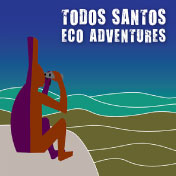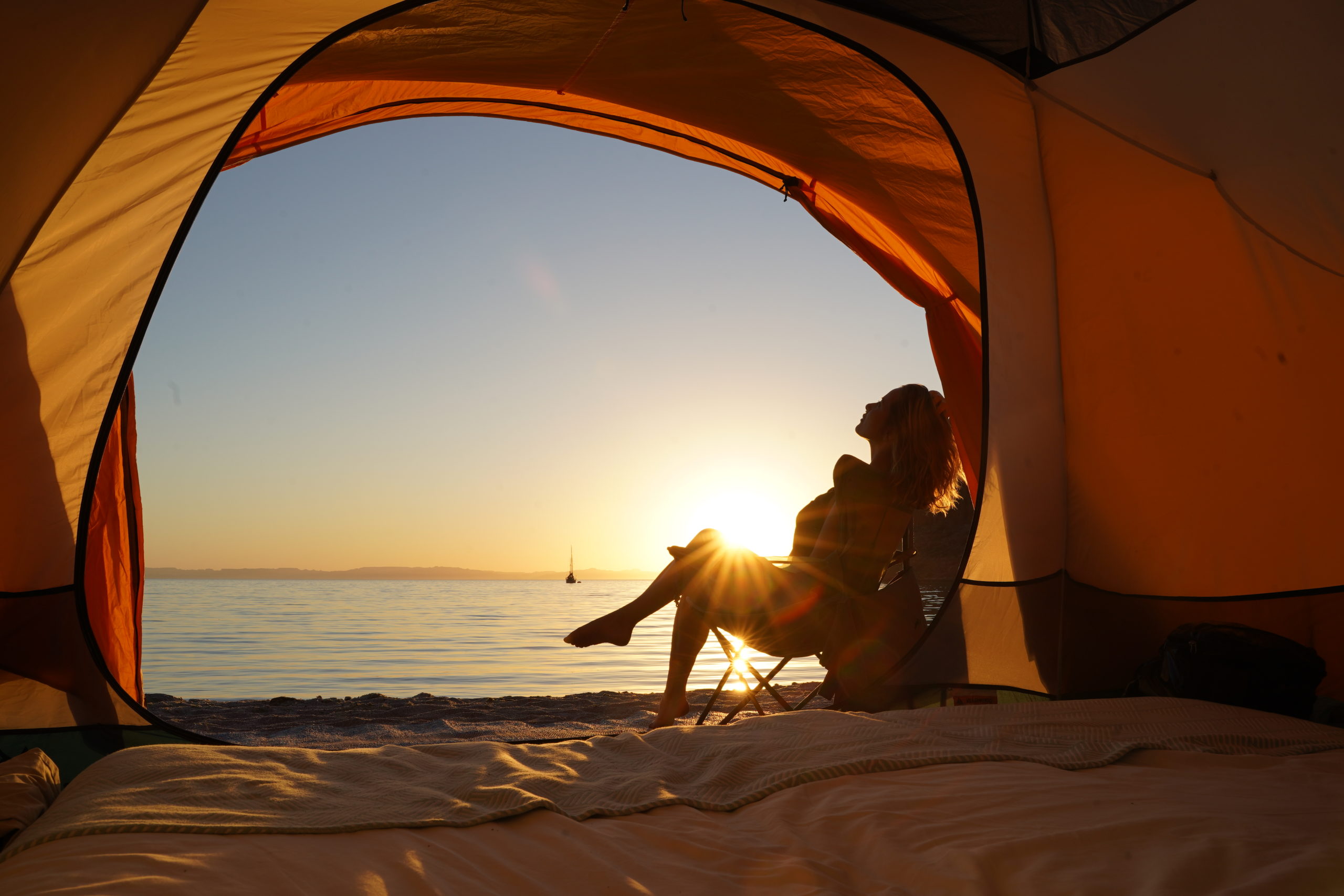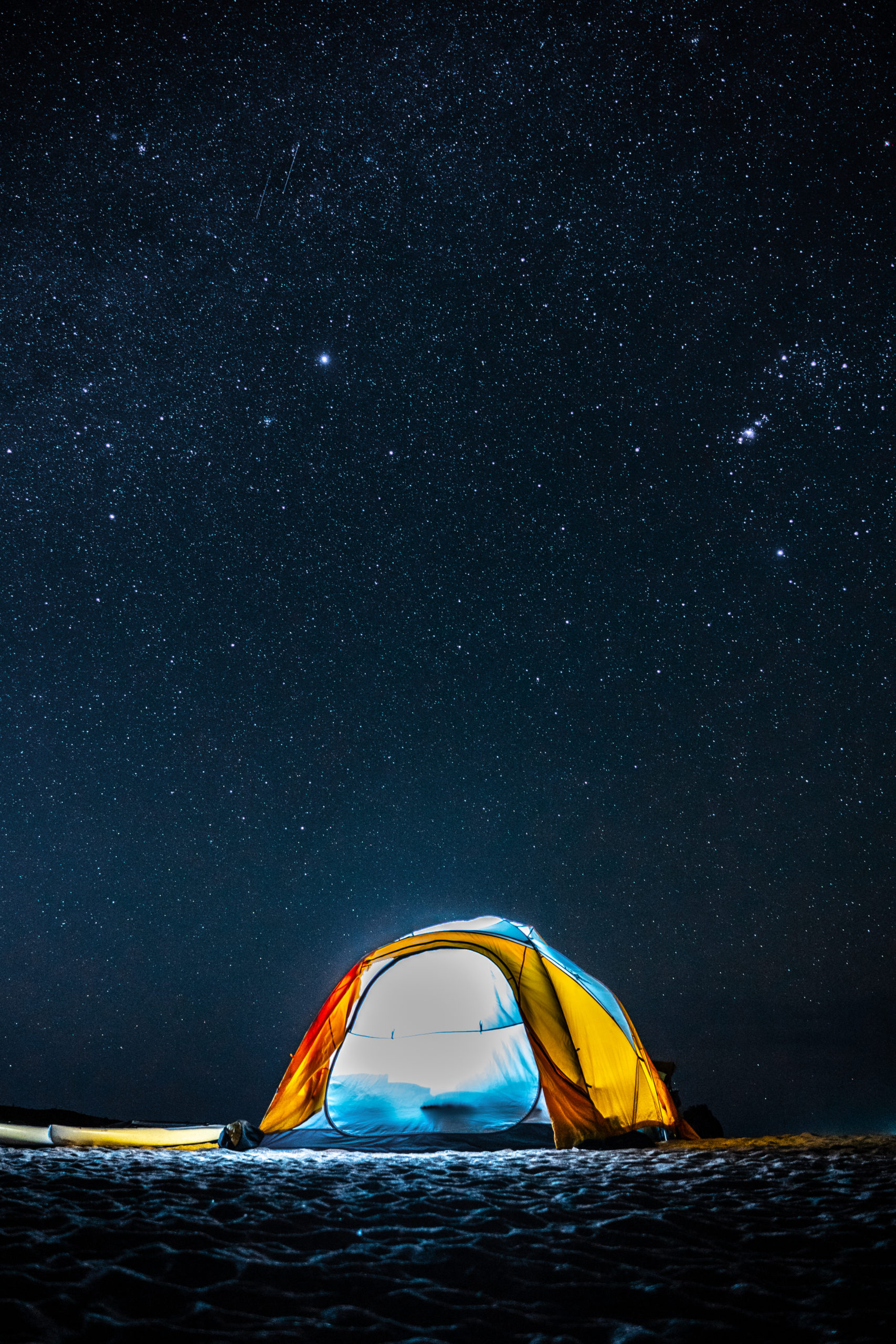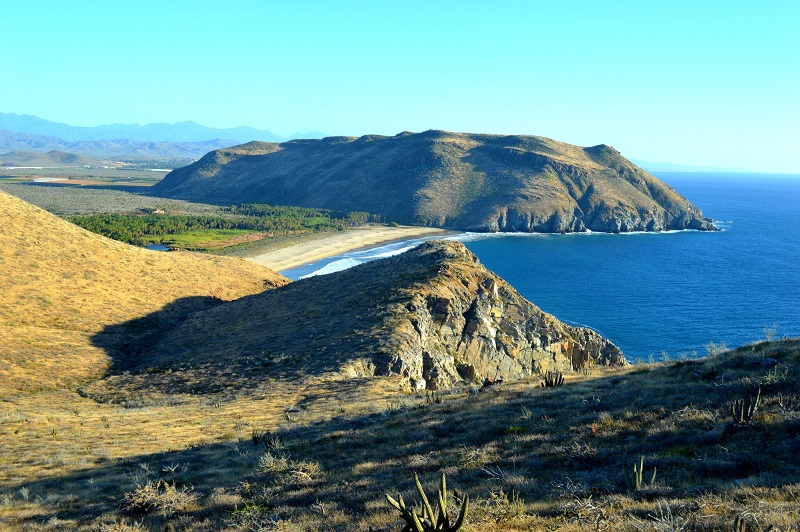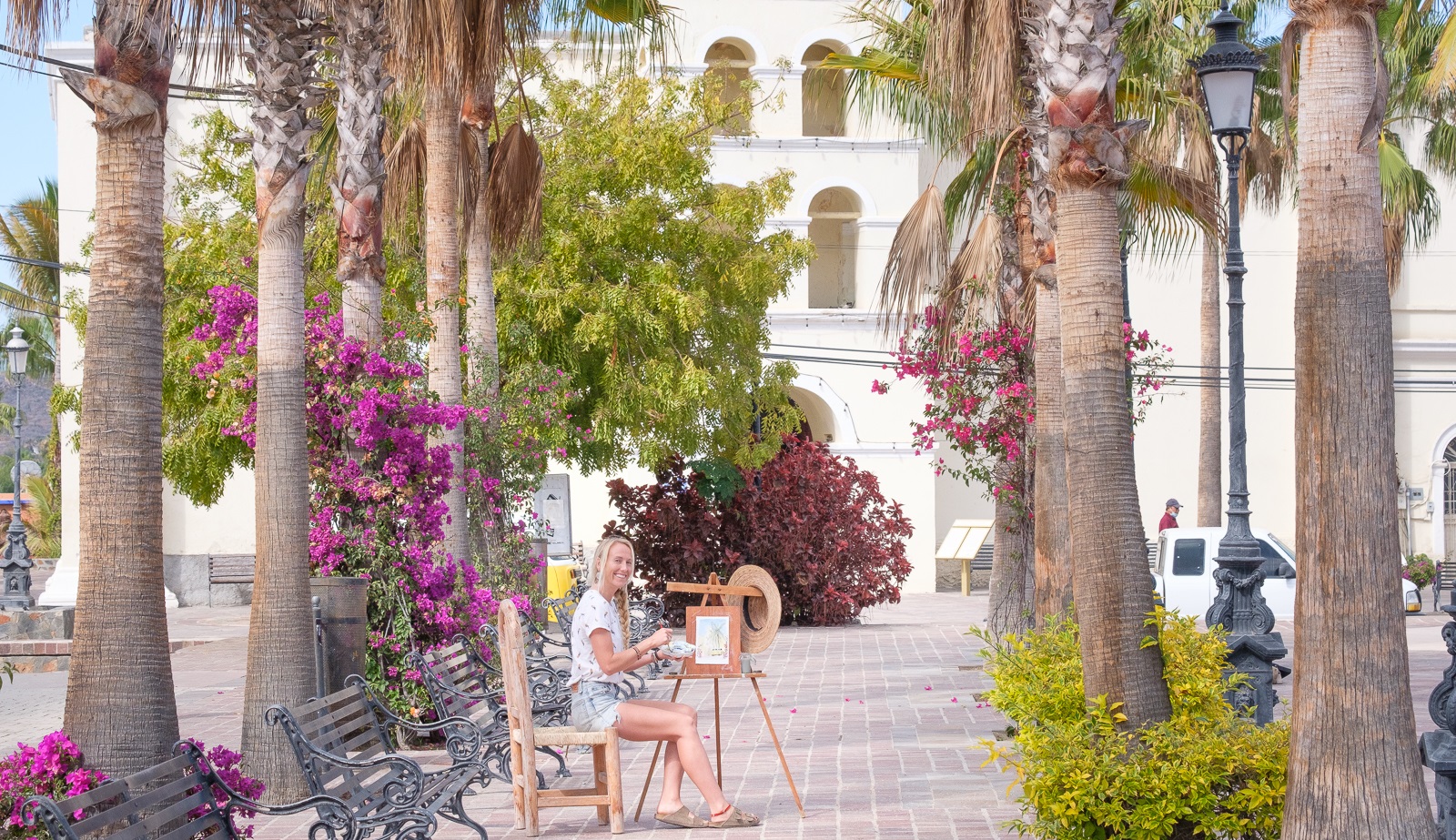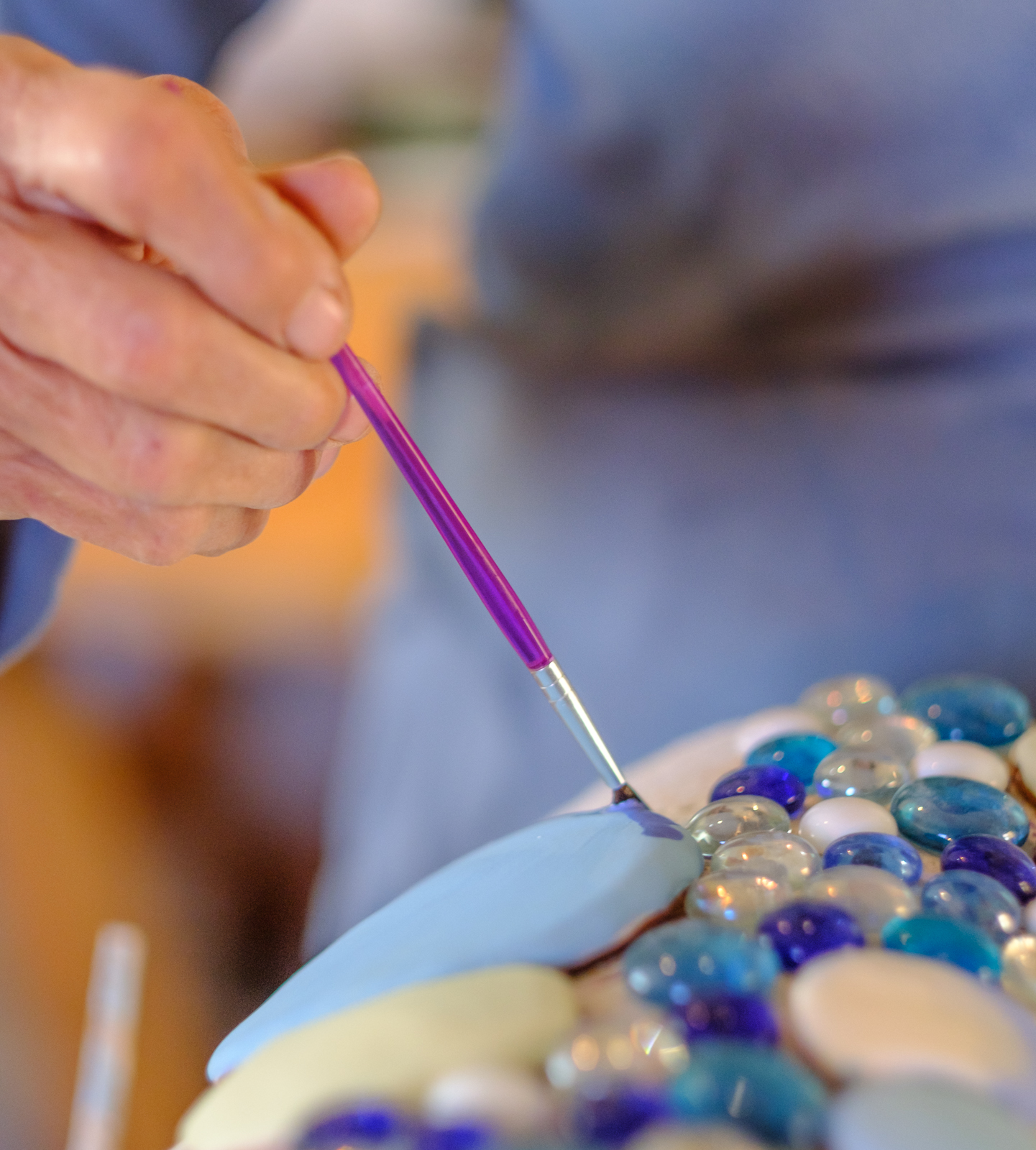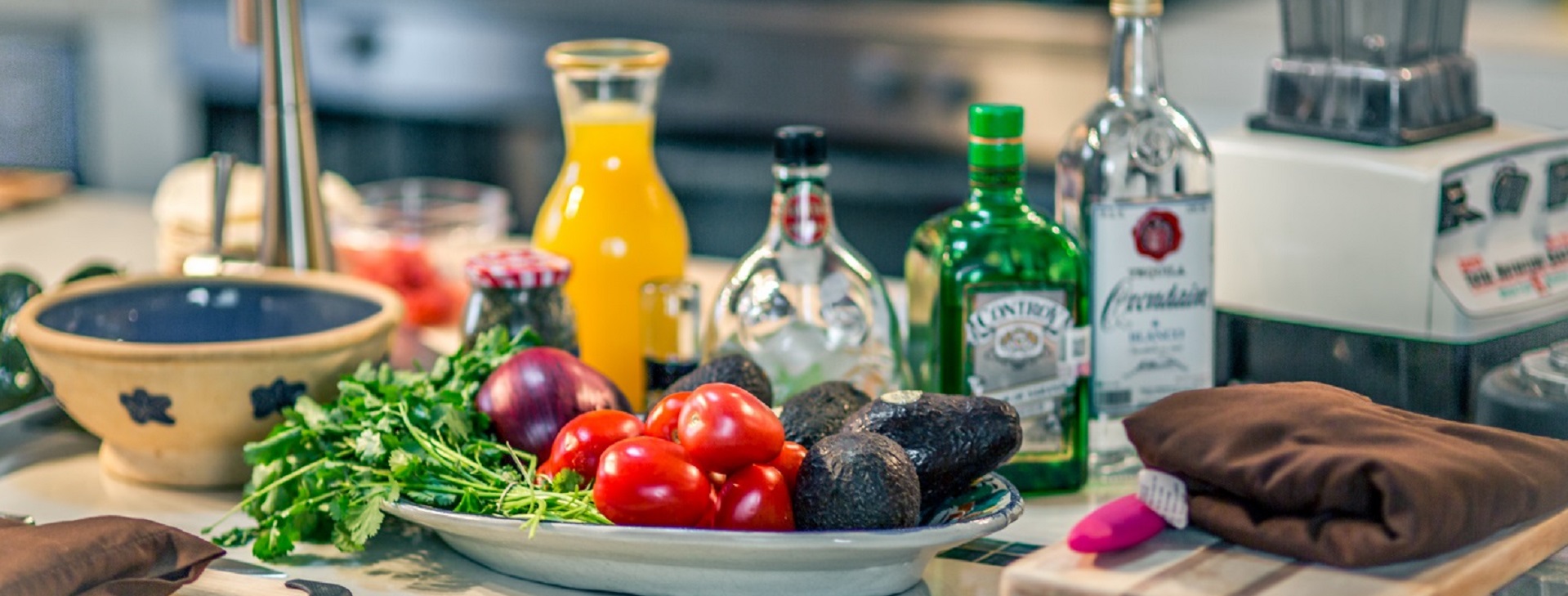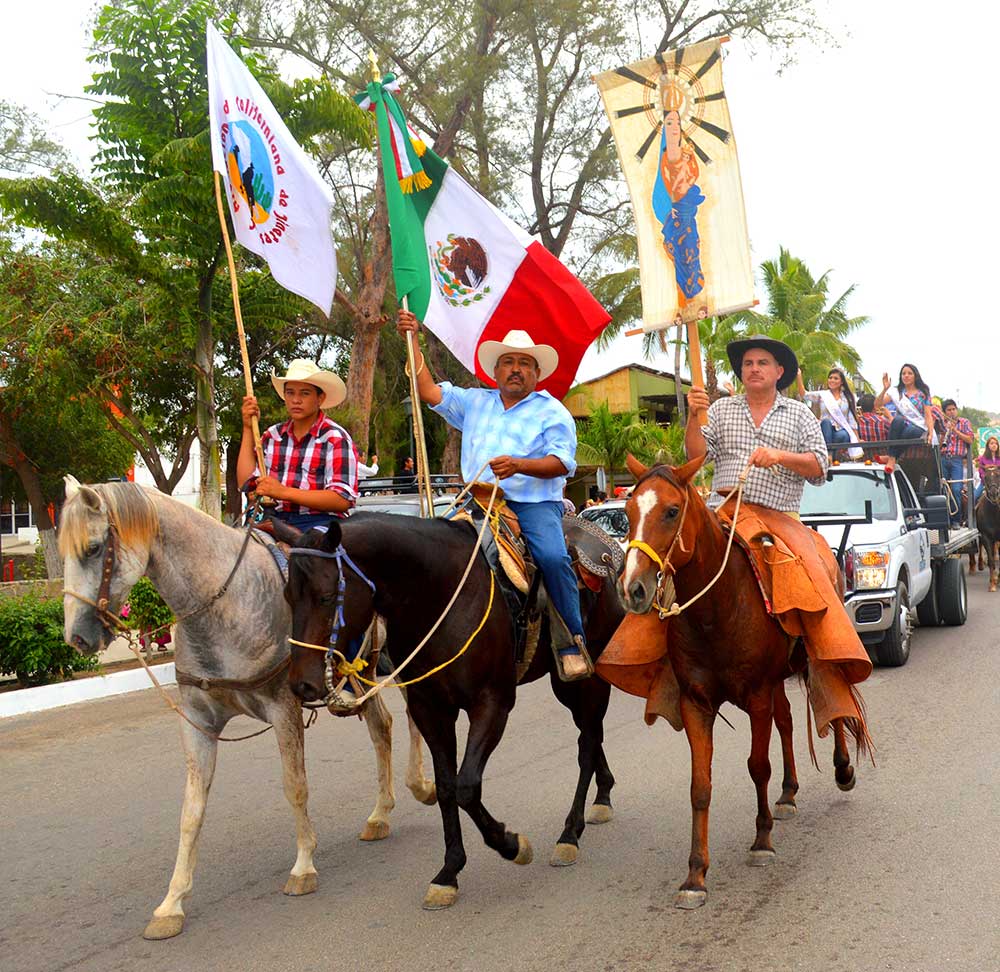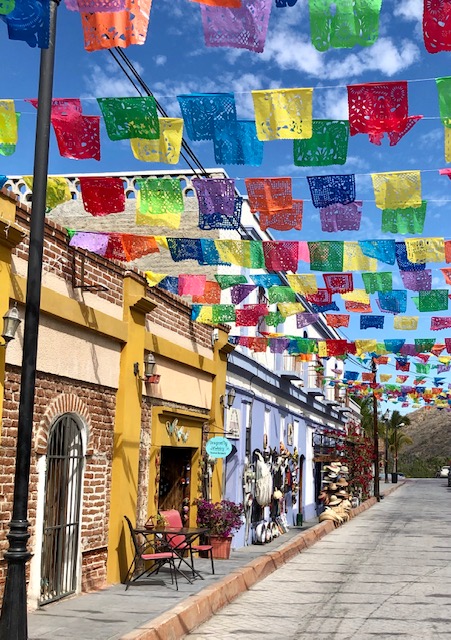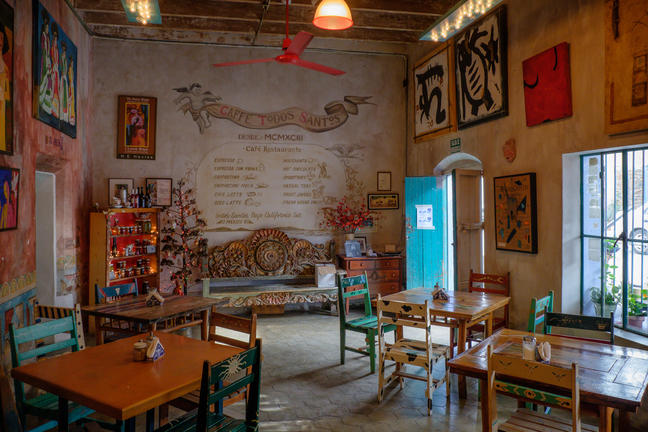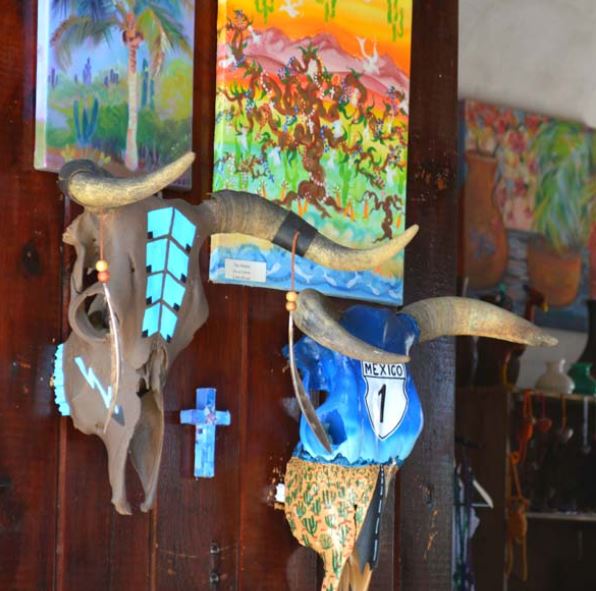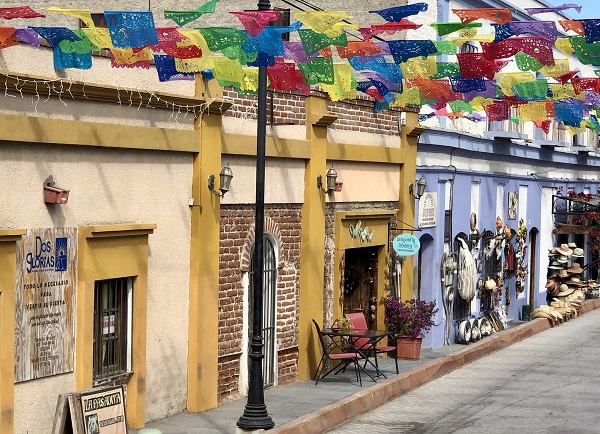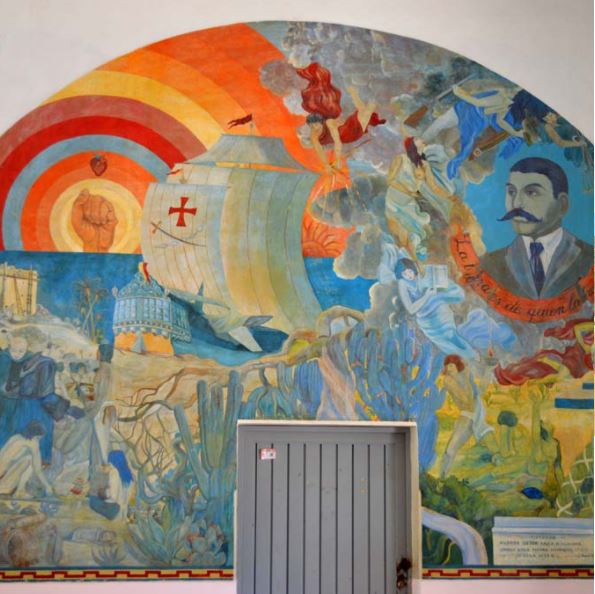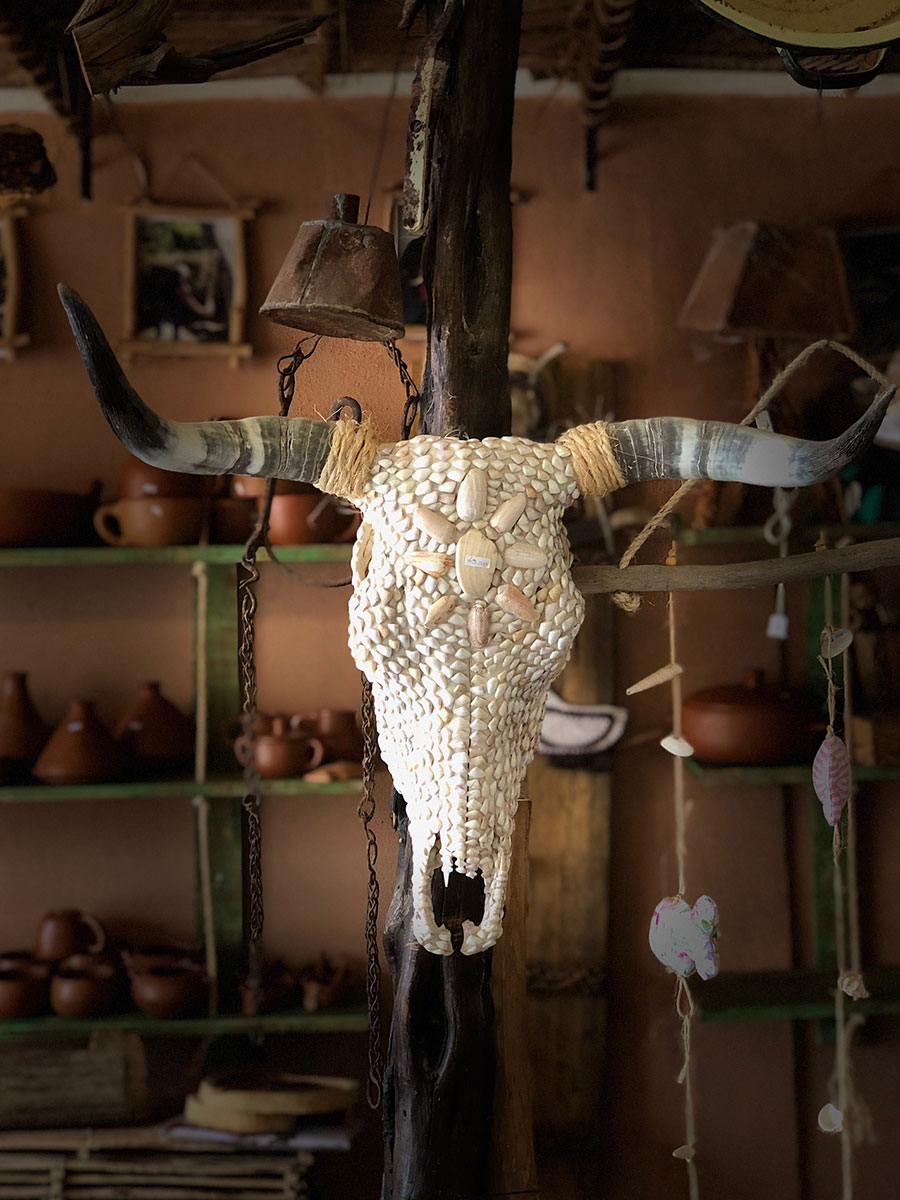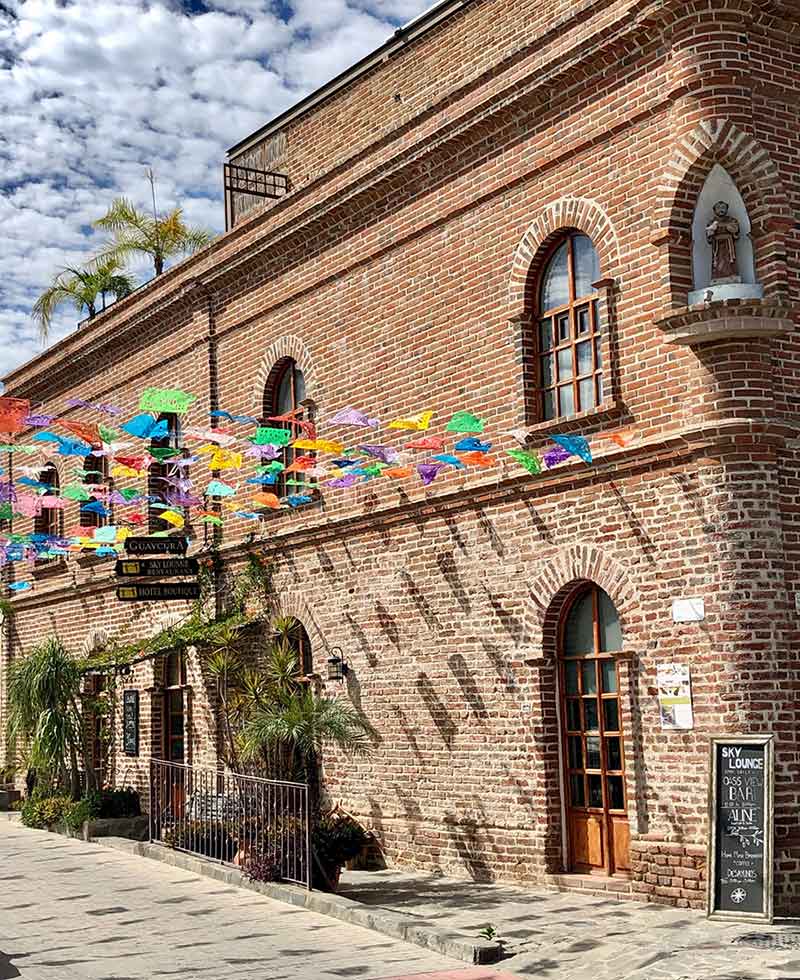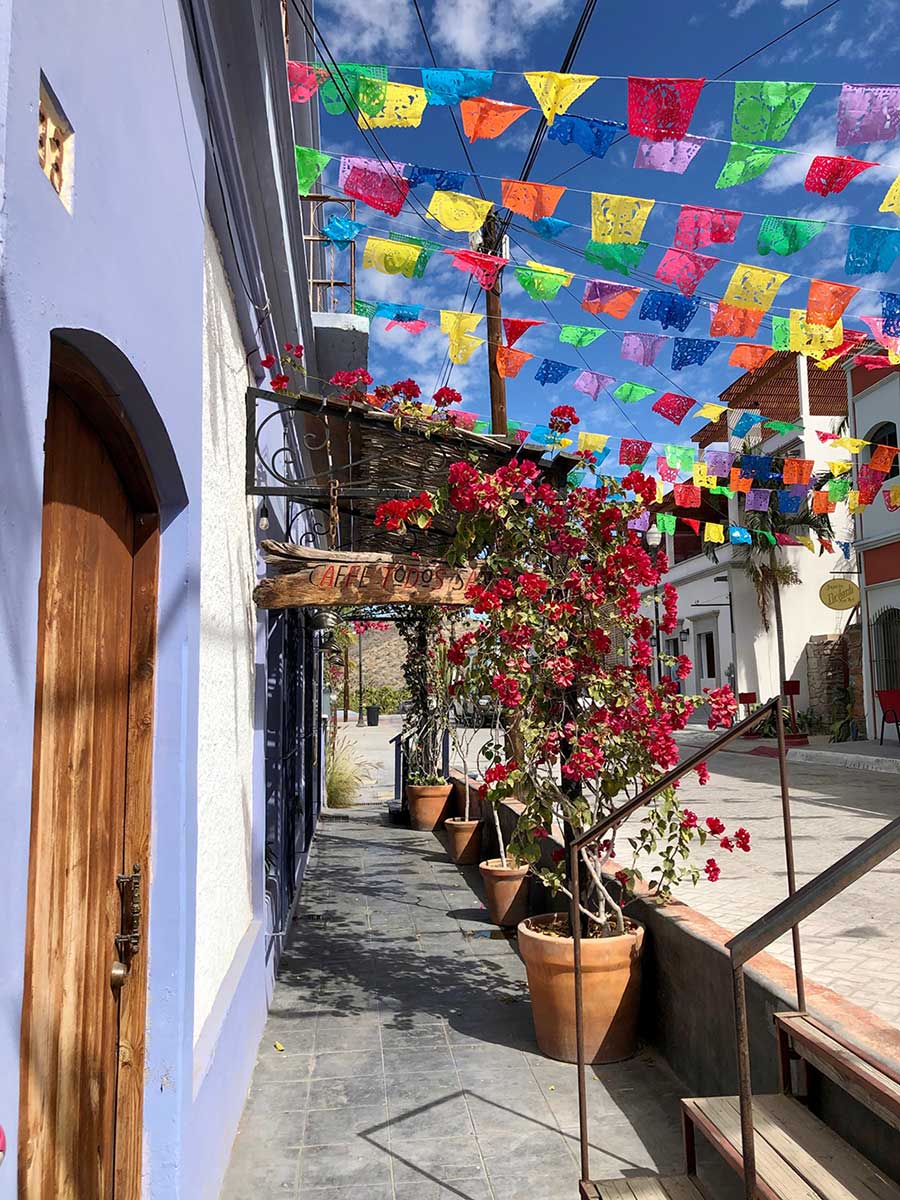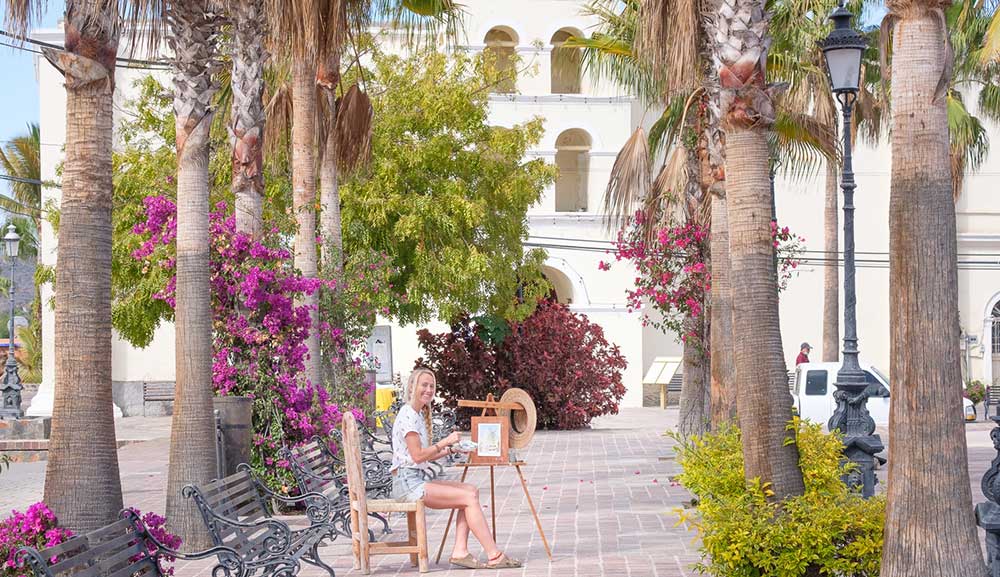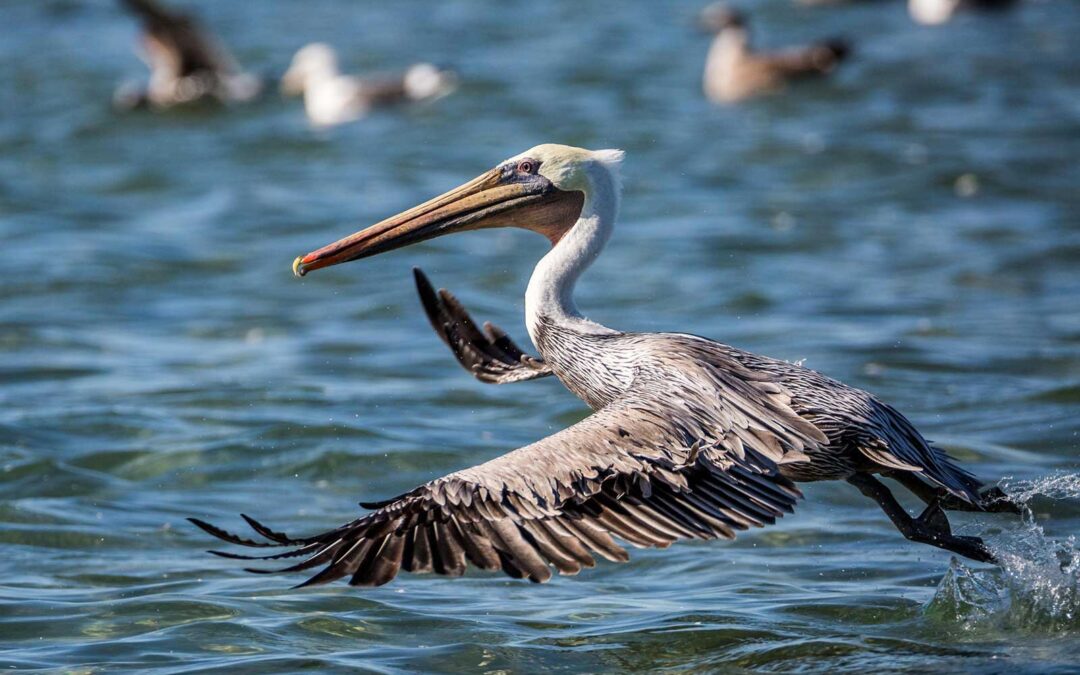
by Sonya Bradley | Active Adventures, Adventure, Arts & Culture, Blog, Conservation, Culture, Education, Food, Geology, History, Our Properties, Places, Plants, Ranchero Culture, Relax, Sports, Whales, Wildlife, Wildlife Encounters
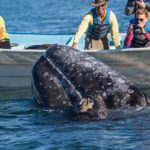 As a traveler, you have the unique opportunity to enjoy unforgettable experiences while making a positive impact on the world. Sometimes the question is just, “how?”
As a traveler, you have the unique opportunity to enjoy unforgettable experiences while making a positive impact on the world. Sometimes the question is just, “how?”
That’s where Tourism Cares’ Meaningful Travel Map comes in!
We are thrilled to have partnered with Tourism Cares to be among the incredible organizations included on the map. This dynamic tool includes more than 350 vetted, sustainable travel organizations from around the globe — highlighting tours, activities, and businesses that offer a unique, authentic experience while prioritizing environmental stewardship, cultural preservation, and community benefit.
The following are just a few reasons to consider the map before making travel plans:
Enriching Travel Experiences: The Map provides a list of authentic, immersive experiences that go beyond traditional tourism offerings, which allows you to connect deeply with the places you visit and increase overall enjoyment.
Future of Travel: Sustainable tourism is more than a trend — it’s the future of travel. Today, travelers are increasingly seeking meaningful options that align with their values.
Protecting the Industry’s Future: Help make a difference by supporting businesses that protect natural resources, honor local cultures, and give back to communities — our destinations need AND deserve it.
Check Out The Map!
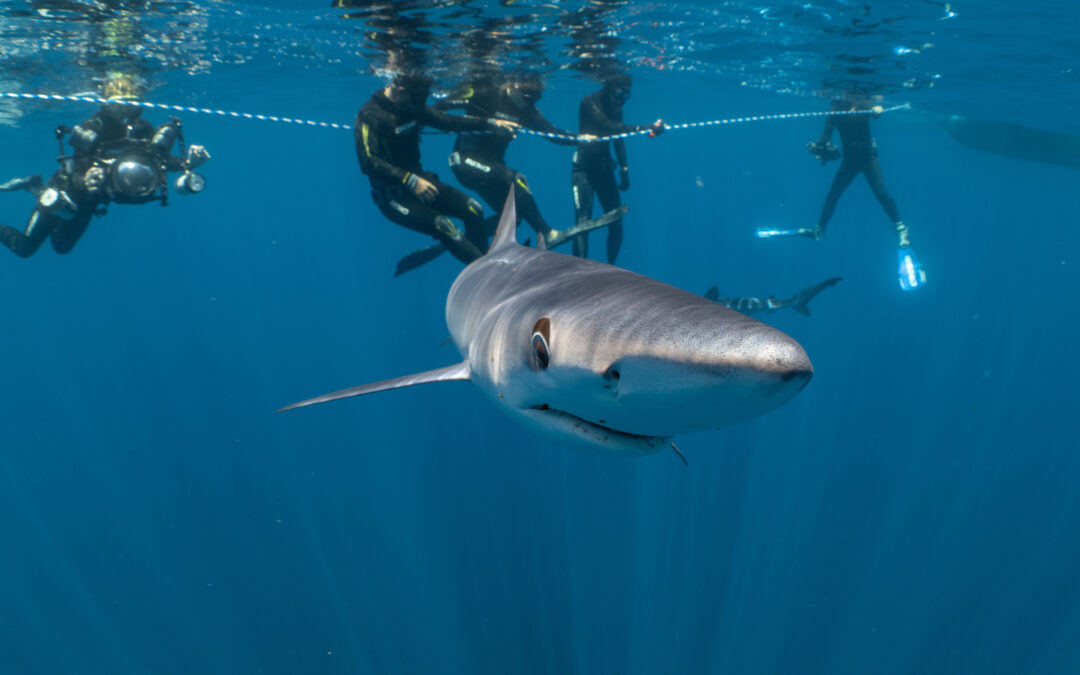
by Sonya Bradley | Active Adventures, Adventure, Arts & Culture, Featured Home, Wildlife Encounters
An incredible ocean safari exploring the southern coast of Baja from Loreto to La Paz to Todos Santos!
The oceans of Baja California Sur are some of the richest on earth and play host to an incredible array of marine life. The Sea of Cortez alone is home to 39% of the world’s total number of marine mammal species, accounts for a third of the world’s marine cetacean species, and has 891 fish species. Highlights of this epic Baja Ocean Safari include:
- Checking out blue whales, the largest animal ever to inhabit the earth
- Swimming with whale sharks, the largest fish in the sea
- Interacting with gray whales, the most gregarious of cetaceans who love to connect with humans
- Swimming with sea lions, some of the most playful sea mammals on earth
- Snorkeling with sharks – Blues, Makos, Silkys – some of the most sensitive, curious and misunderstood of pelagic species
- And there is so much more! Sea turtles, dolphins, mobula rays, as well as coastal birds like Blue-footed Boobies and Magnificent Frigatebirds
Price Includes
- All transportation including roundtrip airport transfer
- Accommodations in hotels and camps as indicated in itinerary
- All meals from welcome dinner on Day 1 through breakfast on final day
- Daily happy hour and two drinks with dinner at the island camp
- All adventures and related equipment as indicated in the itinerary
- Bilingual naturalist guide(s) who is a certified Wilderness First Responder, NOM-9 Graduate and Leave No Trace certified
- Entrance fee and permits
Price USD
- Minimum 4 guests: Call for pricing
Price MXN
- Minimum 4 guests: Call for pricing
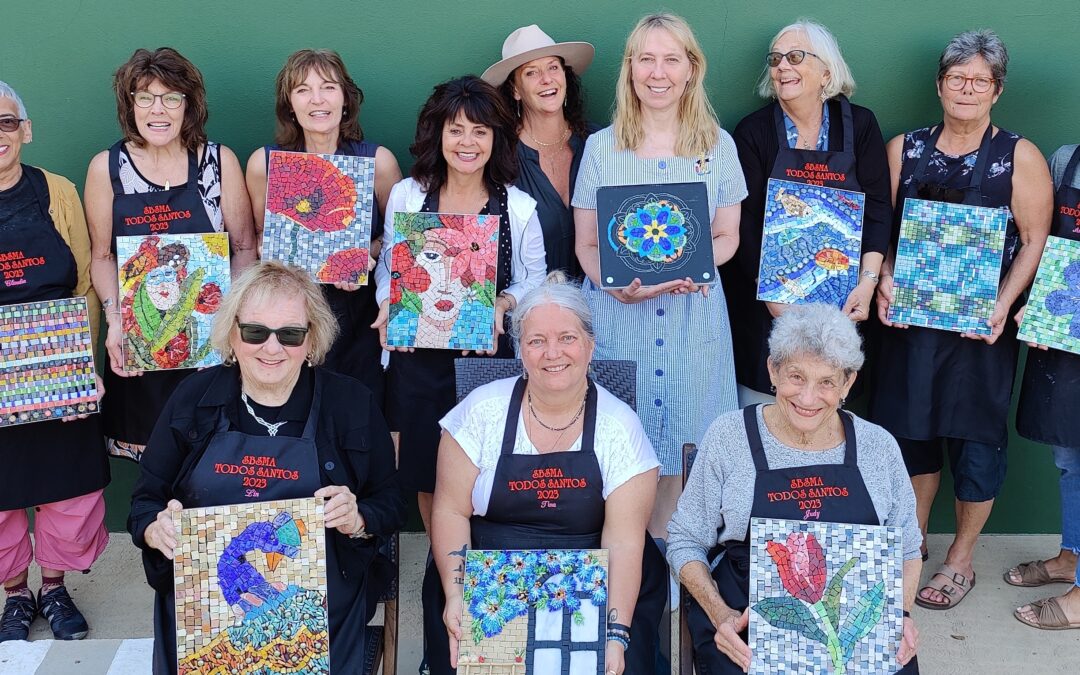
by Sonya Bradley | Arts & Culture
A Mosaic Art Retreat with Tami Macala
A splendid retreat with Tami Macala!
Todos Santos is an artist colony on the Tropic of Cancer, just one hour north of Cabo San Lucas, but an entire world away. Nestled next to 70 miles of pristine, undeveloped beach, Todos Santos is famous for the remarkable quality of its light, which drew the first American artists from Taos in the 1980s. Since then artists of all stripes and nationalities have populated the town, which is a charming reflection of their passions with wonderful restaurants, art galleries, and shops. The people of Todos Santos are warm and welcoming and love sharing the pleasures of their hometown with visitors. The beaches of nearby Pescadero and Cerritos have added bonuses.
Enjoy five full days of creating inspired mosaic art, exploring Todos Santos, taking part in a cooking class, and loads of other fun!
Price Includes
- Bilingual naturalist guide/professionally licensed driver who is a certified Wilderness First Responder, NOM-9 graduate and Leave No Trace certified
- Roundtrip island transfer
- All meals from lunch on Day 1 through breakfast on final day.
- Daily happy hour
- All adventures and related equipment including swimming with sea lions, kayaking, stand up paddle boarding, birding, hiking, snorkeling, and star gazing
- Accommodations in large dome tents with real beds, lovely linens, towels for beach and bath, outside chairs. Tents are 6′ high, 83 sq. ft. and can have one king bed or 2 twin beds. Camp has compost toilet cabanas and sunshower cabanas.
- Panga support
- Entrance fees and permits
Price USD
- USD $2,199.00 (based on double occupancy)
- Partner plan: USD $1,300.00 (if available)
(spouse or partner will be included in all activities below except the workshop)
- Single room supplement fee USD $650.00 (limited availability)
- A 16% IVA tax will be added to all prices
Price MXN
- USD $2,199.00 (based on double occupancy)
- Partner plan: USD $1,300.00 (if available)
(spouse or partner will be included in all activities below except the workshop)
- Single room supplement fee USD $650.00 (limited availability)
- A 16% IVA tax will be added to all prices
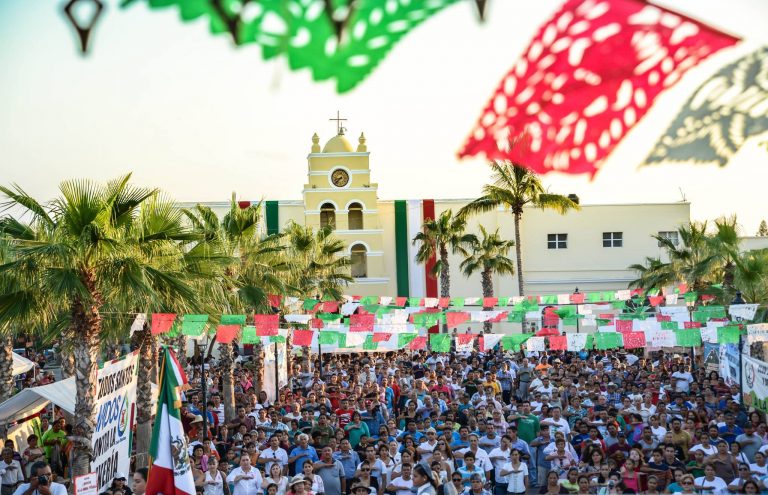
by Bryan Jáuregui | Arts & Culture
Historical Tour of Todos Santos
The past comes to life on this interesting and entertaining tour!
Todos Santos has a rich and varied history, from the early missionaries, through the booming sugar years, through its current incarnation as an artists’ colony, agricultural center, and surfing hotspot.
On this guided tour we will visit many of the historic homes and buildings throughout town, learning fascinating stories of the global forces and colorful personalities that brought these buildings into existence and shaped Todos Santos over the years.
We will also visit the studios of working artists who make their homes in – and gain their inspiration from — Todos Santos.
Price USD
- 2-6 guests: USD $75/person
- A 16% IVA tax will be added to all prices
Price MXN
- 2-6 guests: MXN 1,500/person
- A 16% IVA tax will be added to all prices
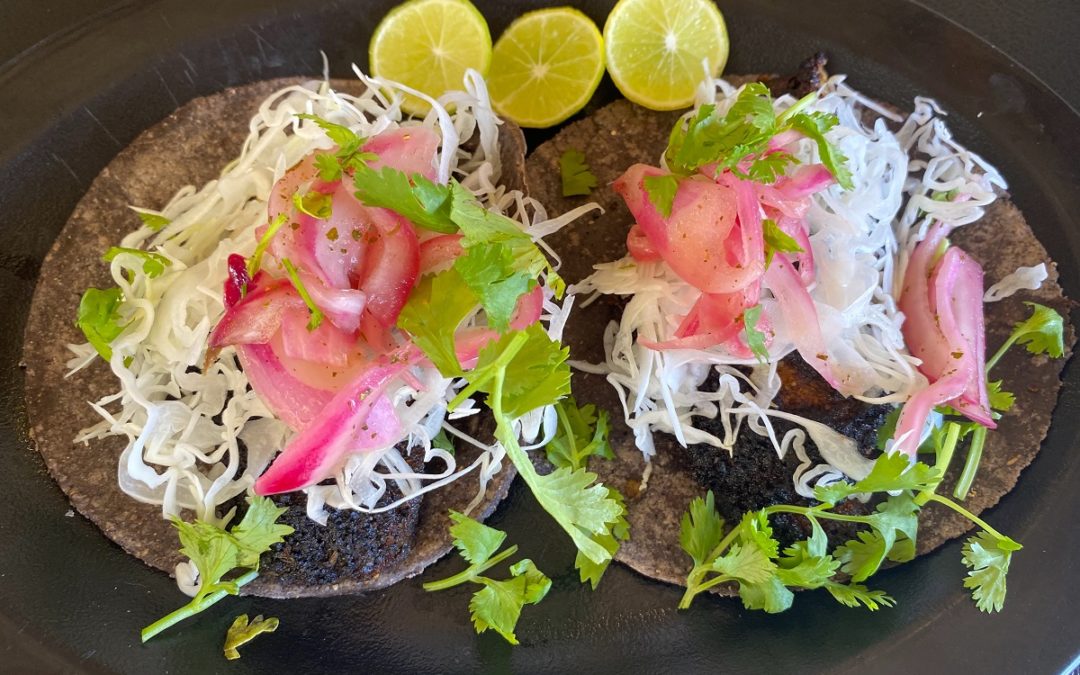
by Bryan Jáuregui | Arts & Culture
The Todos Santos Taco Crawl
Fish tacos. Fish tacos. Fish tacos. Fish tacos!
Todos Santos has a well-deserved reputation as a food lover’s paradise, so there is really no better place to indulge in Baja California Sur’s greatest contribution to world cuisine: the fish taco!
During this epic taco tour our local insider guides will take you to several of their favorite local joints to sample not only fish tacos, but other types of tacos drawing on the area’s bounties of land and sea. You might find several different types of ceviche out there too!
Price Includes
- Bilingual taco foodie guide
- Stops at 3 different taco / ceviche places with one dish per stop
Price USD
- 2 + guests: USD $75/person
- A 16% IVA tax will be added to all prices
Price MXN
- 2 + guests: MXN 1,500/person
- A 16% IVA tax will be added to all prices
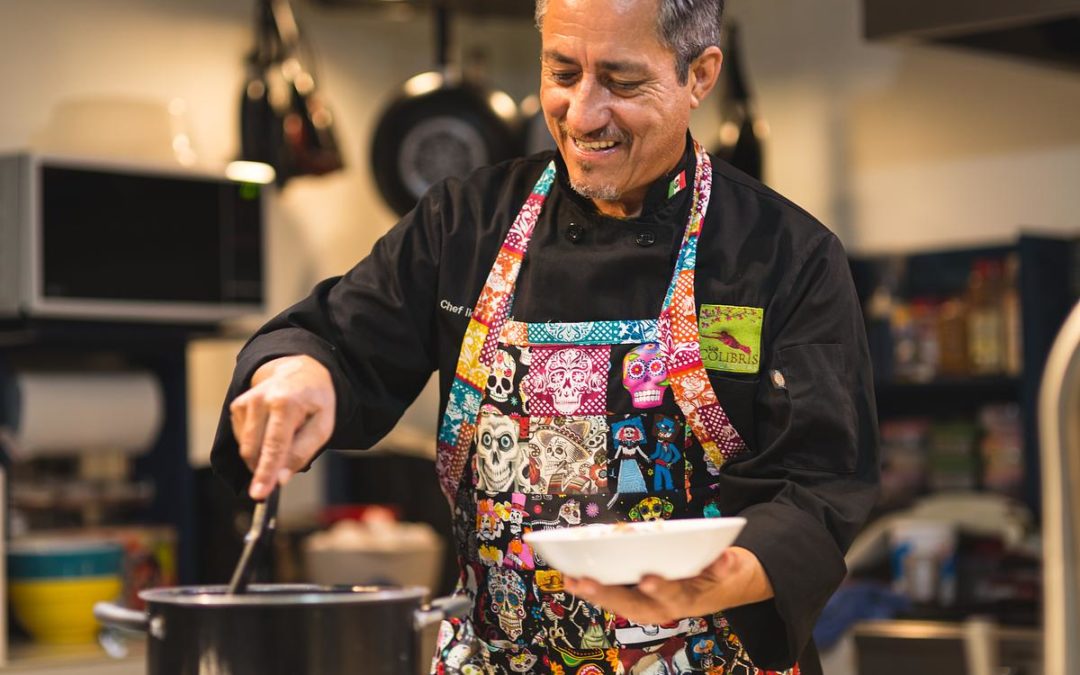
by Bryan Jáuregui | Arts & Culture
A hands-on experience with food, drink, and plenty of fun!
Prepare yourself for a great time! Local lawyer turned chef Iker Algorri, author of Cooking Adventures in Baja and chef-in-residence at Los Colibris Casitas, leads this wonderful Mexican Survival Cooking Class.
The emphasis is on having as much fun as possible, learning to make the perfect margarita, and gaining the skill to make some truly delicious Mexican dishes following Chef Iker’s cooking philosophy, the Magnificence of Simplicity.
You’ll also probably learn about some great Latin music you’ve never heard before. But be warned – dancing often known to follow this class!
Price Includes
- Round-trip transportation Todos Santos/La Paz
- Bilingual naturalist guide who is a certified Wilderness First Responder, a NOM-9 graduate and Leave No Trace Certified
- Picnic lunch
- All necessary gear/equipment
- Park permits
Price USD
- 2-6 guests: USD $120/person
- 7-12 guests: USD $110/person
- A 16% IVA tax will be added to all prices
Price MXN
- 2-6 guests: MXN 2,400/person
- 7-12 guests: MXN 2,200/person
- A 16% IVA tax will be added to all prices

 As a traveler, you have the unique opportunity to enjoy unforgettable experiences while making a positive impact on the world. Sometimes the question is just, “how?”
As a traveler, you have the unique opportunity to enjoy unforgettable experiences while making a positive impact on the world. Sometimes the question is just, “how?”